Miso is an essential part of Japanese cooking, but have you heard of Sendai miso? Today, we’ll learn about this special type of miso. Sendai miso comes from Sendai city and has its own unique flavors. It is made with great care and is highly respected. We are going to discover its history, recipe, and how it can be used in cooking. Let’s uncover the secrets and deliciousness of Sendai miso together!
What is Sendai Miso?
About Miso
Miso is a fermented food that people make by mixing soybeans, koji (a type of mold), and salt. It undergoes fermentation and maturation through the action of microorganisms, including koji bacteria. Miso can be classified in three main ways: by the type of koji used, such as rice miso, barley miso, and soybean miso; by color, such as red miso and white miso; and by taste, determined by the ratio of koji and salt.
Moreover, different regions have their own locally named miso varieties. Even when using the same ingredients, various factors like climate, environment, water quality, fermentation, and aging period contribute to the unique characteristics of miso produced in different areas.
Sendai Miso
Sendai miso is a type of red miso made from rice which has a distinctive and spicy flavor. At the Josens Wasabi Sawa Factory, they carefully choose soybeans and steam them thoroughly. Then they add rice koji, which they make from rice. They meticulously prepare the miso using pure underground water from the Matsuyama area. Skilled artisans closely monitor the miso during its quiet fermentation process in the storage room to ensure its quality. The result is a delicious and flavorful Sendai miso. It represents the rich cultural heritage and craftsmanship of the region, making it a unique culinary specialty.
The notable characteristic of Sendai miso from the Josens Wasabi Sawa Factory is its flavorful and rich taste derived from soybeans. They steam the soybeans in a pressure cooker to capture their deliciousness and bring out the maximum umami flavor. The coarse type of miso allows for an enjoyable soybean texture. Through a well-balanced combination with sweet rice koji, they achieve a refreshing and enduring taste. The miso undergoes a long aging process, resulting in a deep and spicy flavor with a balanced saltiness. It showcases a glossy red color and possesses a strong and pleasant aroma.
History
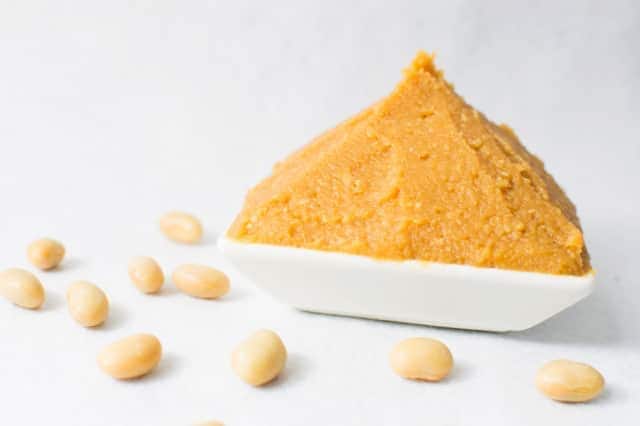
Origin of Sendai Miso
During the construction of Sendai Castle, Lord Date Masamune established a miso factory called “Goeso-kura” within the castle premises. He invited Furuki Ichibei, who possessed fermentation techniques from China, and entrusted him with the production of high-quality miso.
Later, Furuki Ichibei opened a shop near Basho’s Tsuji and started manufacturing and selling miso. This shop is said to be the first miso shop in Japan. Furthermore, Furuki Ichibei formed a group of miso makers and shared his knowledge of miso production. Sasa Shige joined this group during the Kaiei era and began making miso in the first year of Ansei (1854), continuing to the present day.
The culture of Dashi broth
Sendai did not have a culture of dashi (broth) at that time. Sendai City is located about 30-40 minutes by car from the mountains and the sea, abundant in seafood and mountain delicacies. However, due to the rough waves along the coast, navigation along the Pacific coast was extremely difficult in the past. Kelp harvested near Hakodate in Hokkaido never reached Sendai. Instead, it was transported through the Sea of Japan to Sakata, Kanazawa, and finally by land to Kyoto, contributing to Kyoto’s culinary culture.
As a result, Sendai lacked a culture of dashi made from kelp, and instead, “Sendai Miso” emerged as a savory seasoning to enhance the taste of the abundant mountain and seafood delicacies. Sendai Miso not only suppresses the drawbacks of the base ingredients (such as the smell of bluefish or the bitterness of mountain vegetables) but also adds umami flavor to the dishes.
Health Benefits of Miso
Gut Health
Miso is a fermented food that contains beneficial probiotics. These probiotics support a healthy gut microbiome, which is essential for digestion, nutrient absorption, and a strong immune system.
Heart Health
Regular consumption of miso has been associated with potential cardiovascular benefits. The fermentation process of miso produces compounds that may help lower blood pressure and reduce the risk of heart disease.
Nutrient Density
Miso is a nutrient-dense food that provides a wide range of essential nutrients, including protein, dietary fiber, vitamins, and minerals. Incorporating miso into your diet can help ensure you’re getting a variety of important nutrients that support overall health and well-being.
Sendai Miso FAQ
- How should I store Sendai Miso?
You should store it in a cool, dry place, preferably in the refrigerator. It is important to keep it tightly sealed to prevent exposure to air, which can lead to fermentation and spoilage.
- How to use Sendai Miso in cooking?
Sendai Miso is a versatile ingredient used in soups, stews, sauces, marinades, dressings, stir-fries, and as a condiment for rice or sushi.
Delicious recipe for Miso soup from Sendai Miso
Miso soup often has a unique taste even when made with the same ingredients. That’s the nature of miso soup. This time, let’s make a simple and tasty miso soup with tofu, green onions, and seaweed for one serving.

Ingredients (for one serving)
| Dried bonito flakes | 5-6 pieces |
| Green onions | 8g |
| Tofu | 26g |
| Wakame seaweed (pre-soaked and drained) | 4g |
| Water | 240ml |
| Sendai miso | 12g |
Instructions
Remove the heads and intestines from the bonito flakes.
Put 240ml of water in a pot, and once heated, add the bonito flakes after removing the heads and intestines.
Boil for 2-3 minutes over medium heat, then remove the bonito flakes.
Next, add the green onions. After about 30 seconds, bubbles will start to rise from the bottom of the pot. Once bubbles appear, proceed to the next step.
Add the tofu. After about 50 seconds, bubbles will start to rise from the bottom of the pot. Once bubbles appear, proceed to the next step.
Add the seaweed and turn off the heat.
Add miso to a ladle and pour a small amount of broth into the ladle. Be careful not to add too much broth, as the miso may not dissolve properly.
Dissolve the miso well in the ladle.
Pour the miso dissolved in the ladle into the pot all at once, and evenly distribute it while keeping the heat on low. Eventually, the soup will “pukku” (simmer with a popping sound). When it “pukku,” turn off the heat and serve in a bowl.
Miso soup is now ready to serve! Itadakimasu!
Where to buy Sendai Miso?
Sasajuu (佐々重)
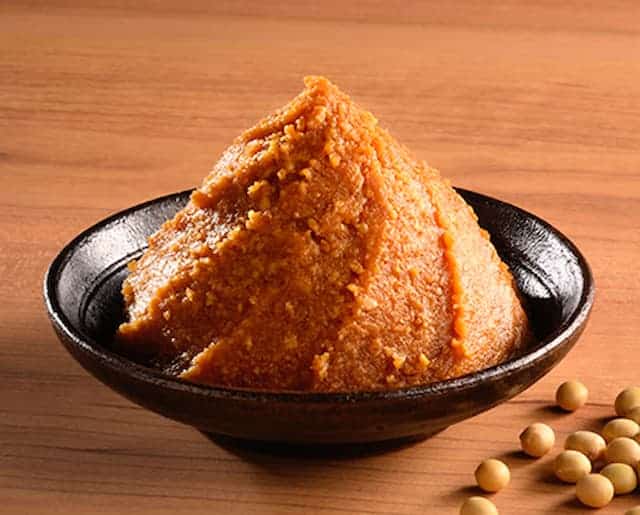
Sasajuu is your destination to find authentic Sendai miso. Established in 1854 by Shigehyoe Sasaki, Sasajuu is a renowned store specializing in miso and soy sauce. They take pride in our commitment to crafting the finest “Honba Sendai Miso” using carefully selected ingredients and traditional methods. See below if you want to experience the true flavors of Sendai with our additive-free, freshly packed miso.
Obasake-Ten (大場酒店)
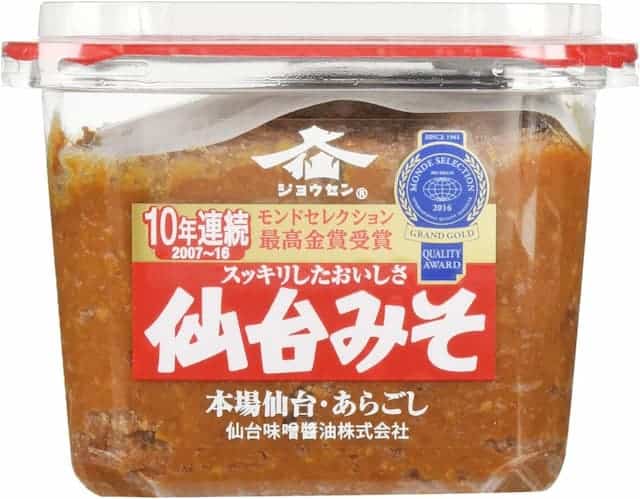
At Obasaketen, they offer a diverse selection of sake along with a range of miso products. You can explore their online store to find your favorite items. Whether you’re looking for premium sake or high-quality miso, they have something to suit your taste. Visit website to browse their extensive collection and place an order.
Takeaway
Sendai miso is a traditional Japanese soybean paste known for its unique and rich flavor. It is made using a combination of carefully selected ingredients such as soybeans, rice, and salt, along with koji molds and fermentation techniques. Sendai miso adds depth and umami to a variety of dishes, from marinades to stews. You can enjoy the authentic taste of Sendai miso by trying out different recipes at home. Not sure where to start? Give our miso soup recipe a try for a delicious and comforting meal.
You can see here for more information about miso or see below!

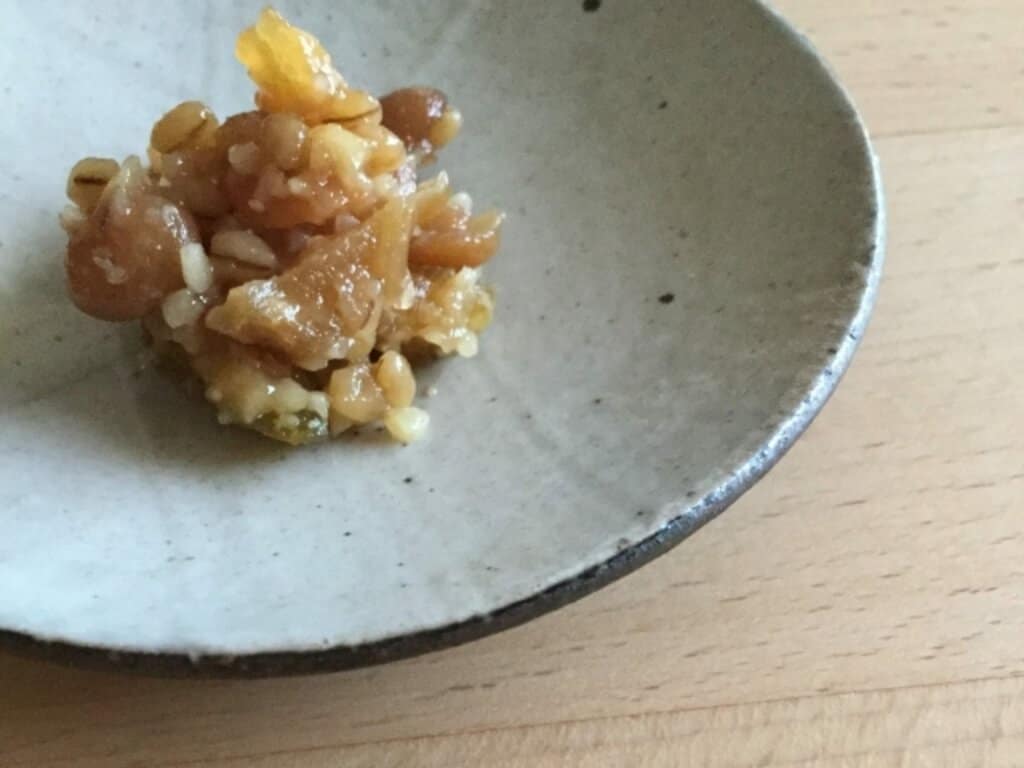






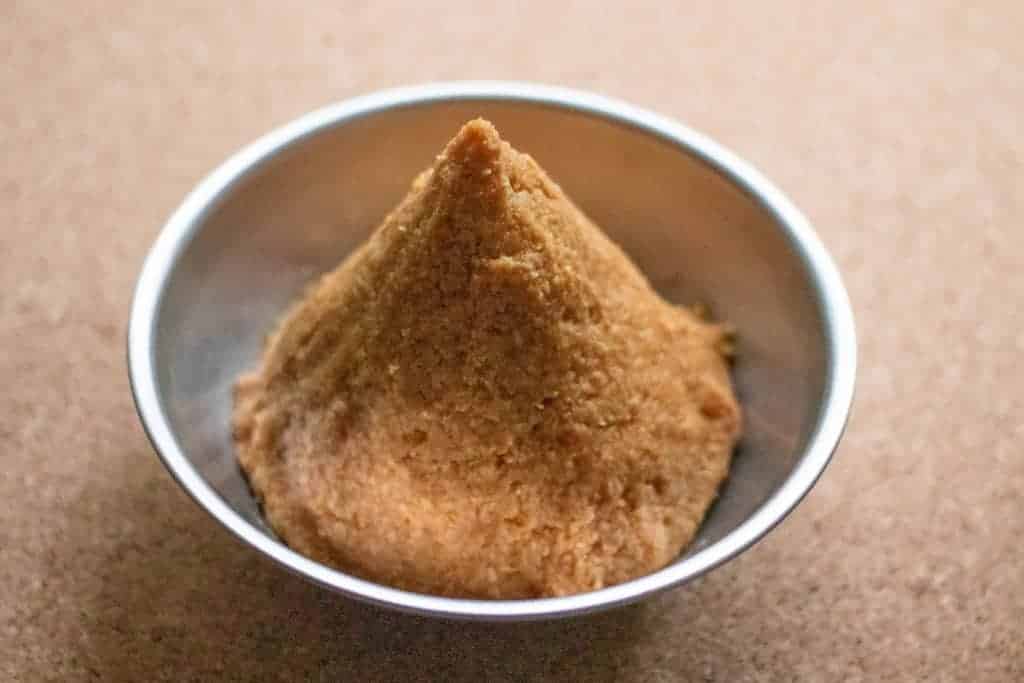
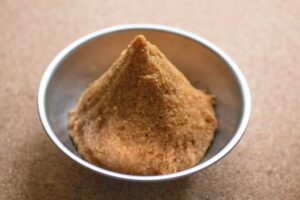




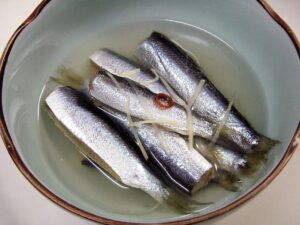
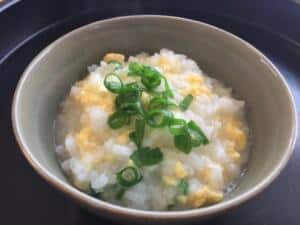
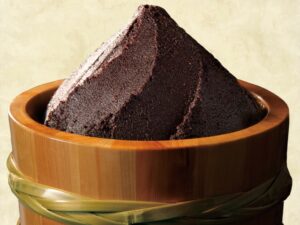
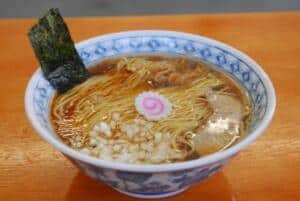
Comments